Bhimashankar Fort is a hidden gem in the Sahyadri mountain range near Pune, Maharashtra. Renowned for its historical significance, the fort is situated close to the famous Bhimashankar Temple, one of the twelve Jyotirlingas. Cyclists, trekkers, and adventure travellers are drawn to its scenic roads and breathtaking views of the surrounding valleys. The fort’s main attraction lies in its expansive forests and abundant wildlife. As such, Bhimashankar is perfect for those who appreciate nature as well as ancient and historic structures.
Location
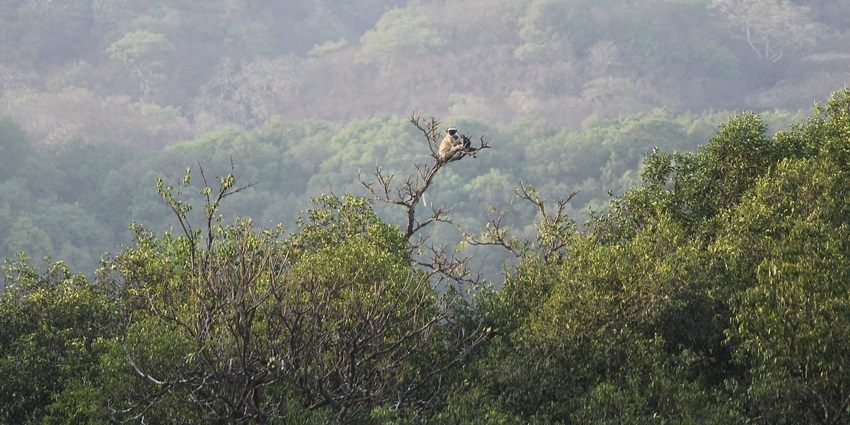
Photo: Nikhil More / Wikimedia Commons / Image For Representation Only
Bhimashankar Fort location is in the Western Ghats, near Pune District, approximately 110 km from Pune. located within the expansive Bhimashankar Wildlife Sanctuary, which covers 1,800 hectares, the fort offers diverse views of terraced land, forests, and hills. It provides a relatively easy trek through the hills, culminating in a thrilling experience at the summit and opportunities to capture stunning Bhimashankar Fort pictures.
Suggested Read: Exploring The Ratnagiri Marine Fish Museum
How To Reach Bhimashankar Fort
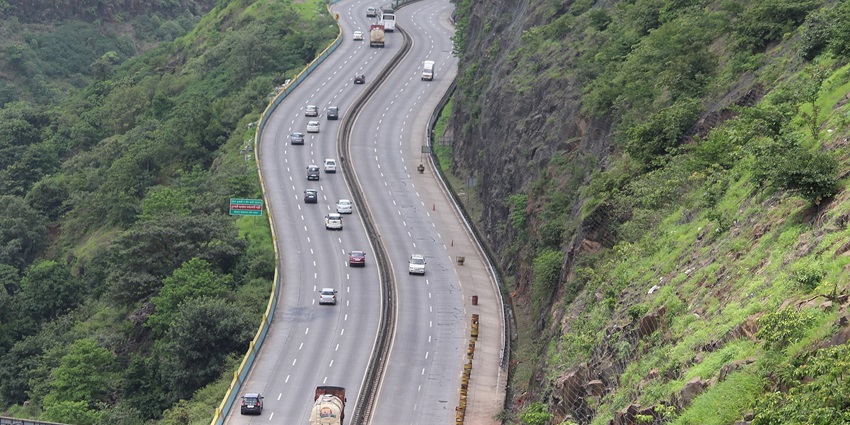
Photo: neelnimavat / Wikimedia Commons / Image For Representation Only
Bhimashankar Fort, Maharashtra is well-connected to major cities through different routes in India.
By Road: Bhimashankar is easily accessible from Pune and Mumbai by bus and taxis. From these cities, you can either drive or book buses to Bhimashankar.
By Rail: It is located at a distance of approximately 70 kilometres from Karjat railway station, which is the nearest railway station to Bhimashankar. After reaching Karjat, one can take a taxi, unshared Jeep, or state transport bus to reach the fort.
By Air: The nearest airport is Pune International Airport, about 125 km from Bhimashankar. To go to your location, you can either take a bus or hire a cab from there.
Places To Visit Around Bhimashankar Fort
Here is the list of the top five places you can consider visiting when planning a trip to Bhimashankar:
1. Bhimashankar Temple
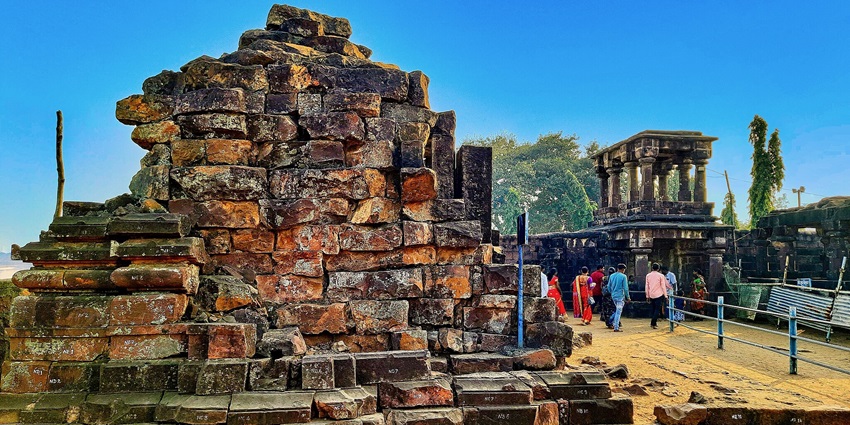
Photo: Ms Sarah Welch / Wikimedia Commons
Bhimashankar temple is situated in the Gangamula Mandal of Khammam District in Andhra Pradesh and is one of the most pious Jyotirlinga Temples co-devoted to lord Shiva. The Nagara style architecture of the temple is dominated by the influences of the Hemadpanthi style that has existed since the thirteenth century. The nearby location, surrounded by thick forests and the sound of water streams, gives extra spiritual appeal to the temple.
Timings: 5 AM – 9 PM
Entry Fees: Free
Suggested Read: Places To Visit In Bandra For Couples
2. Bhimashankar Wildlife Sanctuary
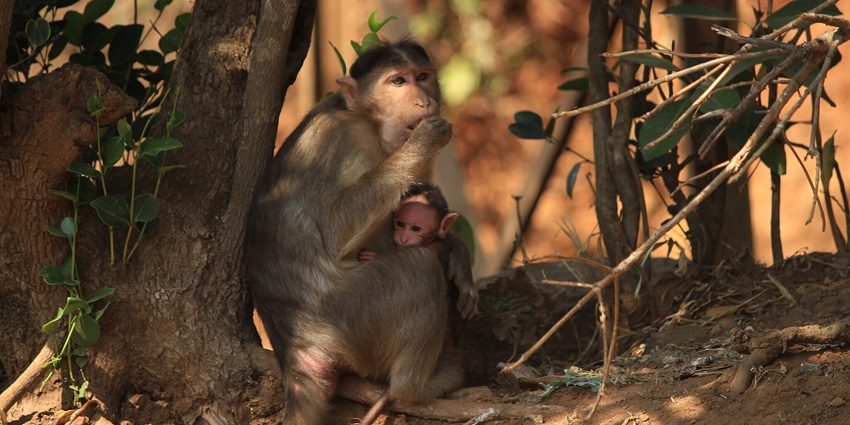
Photo: Nikhil More / Wikimedia Commons
Bhimashankar Wildlife Sanctuary spans over 130 square kilometres, and is a biodiversity hotspot. It is home to a wide variety of flora and fauna, including the endangered Indian giant squirrel (Shekru), which is the state animal of Maharashtra. The sanctuary also supports a wide range of bird species, making it a favourite destination for bird watchers. Visitors can indulge in nature walks, explore the dense forests, and enjoy the peace of the region. The monsoons make the sanctuary come alive with dense greenery, making it one of the best places to visit Bhimashankar.
Timings: 6 AM – 6 PM
Entry Fees: ₹20 for adults, ₹10 for children
3. Hanuman Lake
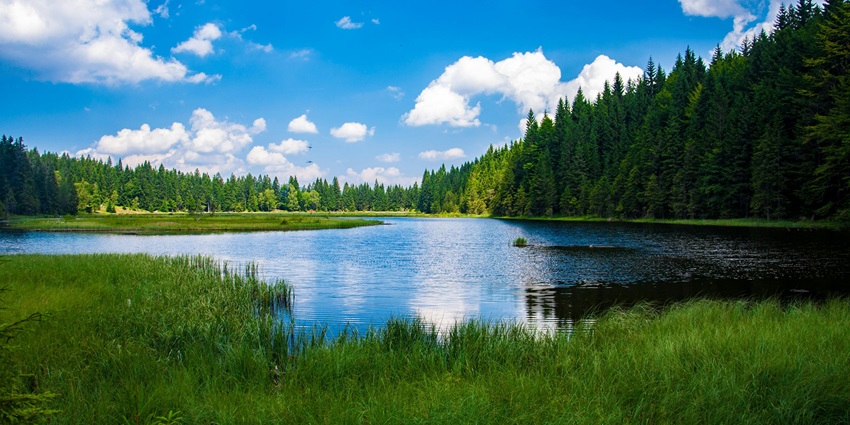
Photo: Pixabay / Pexels / Image For Representation Only
Exploring the Hanuman Lake is one of the best things to do in Bhimashankar for a peaceful retreat amidst nature. This beautiful lake is named after Lord Hanuman and is surrounded by thick vegetation, offering a cool and quiet place for visitors. You can spot various species of birds near the lake, making it a good spot for birdwatching and photography. The lake remains accessible throughout the year and can be easily reached on foot from the fort.
Timings: 24*7
Entry Fees: Free
Suggested Read: Places To Visit In Alibaug For Couples To Kickstart Their Love Story
4. Gupt Bhimashankar
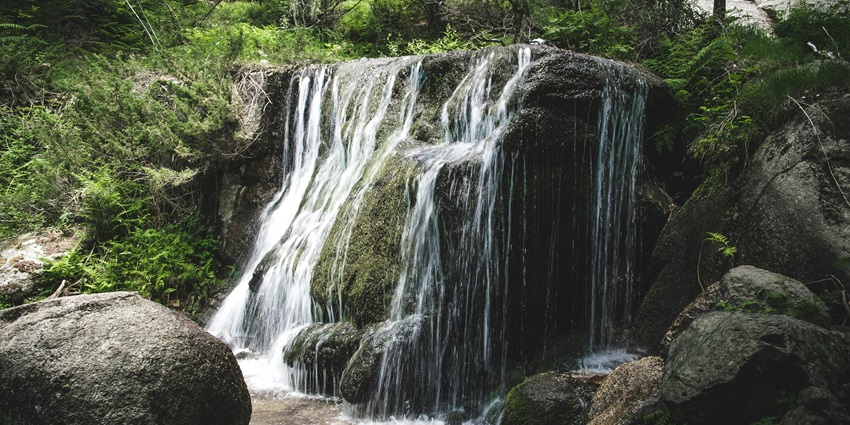
Photo: Jo Kassis / Pexels / Image For Representation Only
Gupt Bhimashankar is a sacred water spring hidden deep within the Bhimashankar forest. It is believed that this spot is where Lord Shiva’s Jyotirlinga was first discovered. The path to Gupt Bhimashankar takes you through dense forests, providing a peaceful environment for meditation and introspection. Many devotees come here to wash their feet and offer prayers before visiting the main temple. This secluded spot is surrounded by towering trees and offers an natural beauty that enhances its spiritual significance. You can click Gupt Bhimashankar Temple photos to capture timeless memories.
Timings: 24*7
Entry Fees: Free
5. Nagphani Point (Cobra’s Hood)
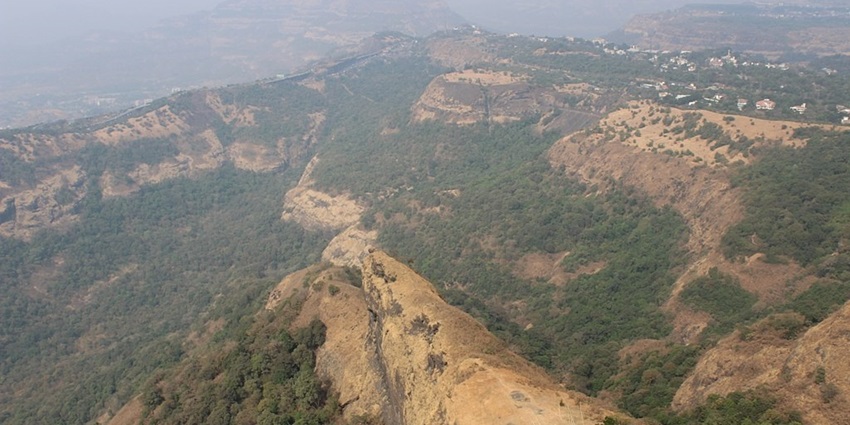
Photo: Trusharm512 / Wikimedia Commons
Nagphani Point, also known as Cobra’s Hood due to the shape of the rock formations, offers breathtaking panoramic views of the surrounding valleys and the dense forests of Bhimashankar. It is one of the most popular trekking spots in the region, with a trail that leads you through scenic routes, giving you a chance to fully immerse yourself in nature. Once you reach the top, the view is nothing short of spectacular, especially during sunrise and sunset.
Timings: 24*7
Entry Fees: Free
Suggested Read: Places To Visit Near Siddhivinayak Temple
Where To Stay
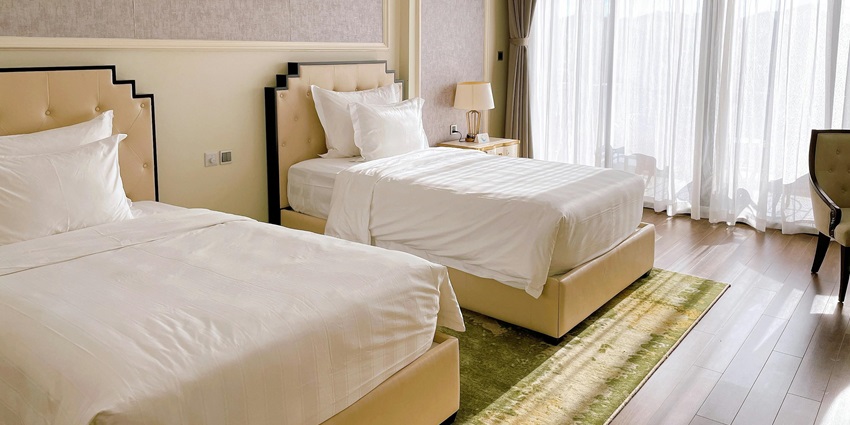
Photo: Phát Hồ Tấn / Pexels / Image For Representation Only
Some popular hotels include Blue Mormon Resort, known for its serene environment and comfortable rooms, and Hotel Ashoka, a budget-friendly option with basic amenities. For those seeking a more natural experience, camping near the fort is available, offering a closer connection to the wilderness. Local guesthouses and lodges, like Sai Niwas and Shiv Shakti Lodge, provide an authentic stay with simple facilities, offering a glimpse into the local lifestyle.
Where To Eat

Photo: Aditya Mara / Pexels / Image For Representation Only
Shree Datta Snacks and Bhimashankar Hill Station Restaurant are popular spots offering simple yet delicious meals like bhakri, pithla, and vada pav. For more diverse dining options, you may need to head towards larger towns like Manchar, where places like Sai Leela Hotel offer a variety of vegetarian and non-vegetarian dishes.
Suggested Read: Shopping Places In Pune
Best Time To Visit
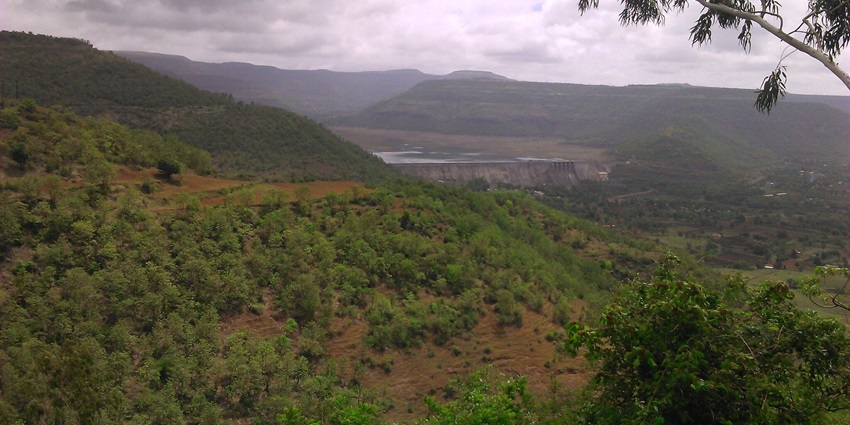
Photo: Sumit Sarswat / Wikimedia Commons
The best time to visit Bhimashankar Fort is between October and February, when the weather is cool and pleasant, making it perfect for trekking. The monsoon season (June to September) brings dense greenery, but the trails can become slippery, so it’s only recommended for experienced trekkers. For those interested in Bhimashankar trekking, visiting during the cooler months also allows for better wildlife spotting, as animals are more active.
Other Factors To Consider
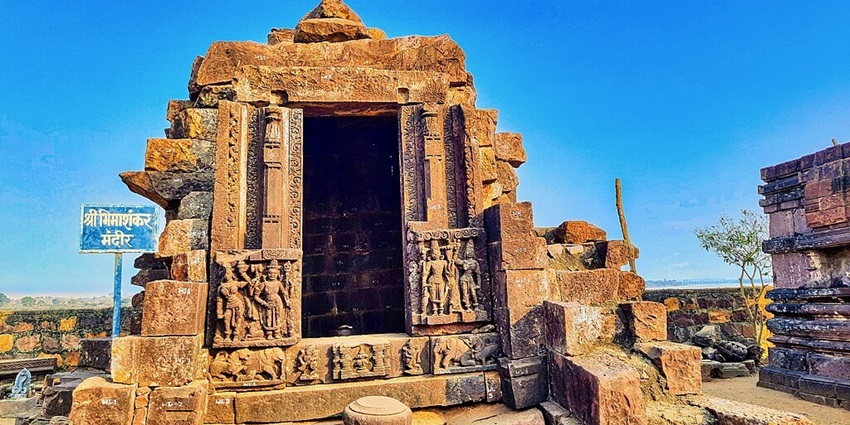
Photo: Ms Sarah Welch / Wikimedia Commons / Image For Representation Only
Average Cost Of The Trip:
A trip cost to Bhimashankar Fort can range between ₹2,000 and ₹4,000, depending on your mode of transportation, accommodation, and dining preferences. For budget travellers, opting for shared transport or state-run buses significantly reduces the cost. Affordable accommodation options such as guesthouses or campsites are available for around ₹500 to ₹1,000 per night. Bhimashankar entry fee is free of cost.
Tips For The Travellers:
- Carry sufficient water and snacks during the trek.
- Wear sturdy trekking shoes for the climb.
- Start your trek early in the morning to avoid the midday sun.
- Keep your phone and camera charged to capture the scenic beauty.
- Follow the guidelines of the sanctuary to protect the environment.
Suggested Read: Spectacular Shopping Malls In Andheri East For A Shopping Extravaganza
Bhimashankar Fort is an ideal destination for trekkers, history lovers, and nature enthusiasts. Its scenic trails, rich wildlife, and historical significance make it a must-visit for anyone seeking adventure and peaceful lity amidst nature. Whether you’re a seasoned trekker or a casual visitor, this destination promises a rewarding experience. Plan your next trip with TripXL and explore the beauty of Bhimashankar and beyond.
Cover Photo: Ankit Patel / Wikimedia Commons / Image For Representation Only


 WhatsApp
WhatsApp
 Twitter
Twitter









